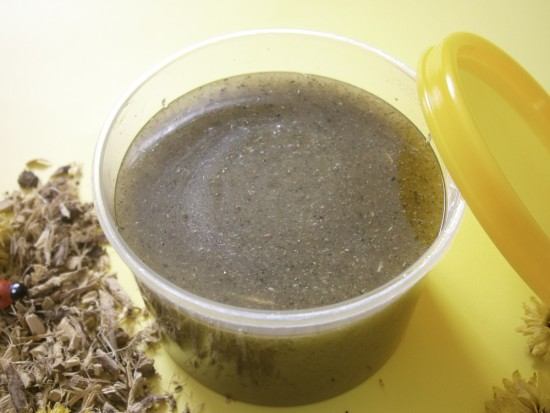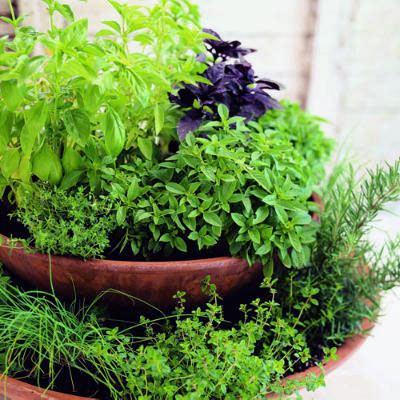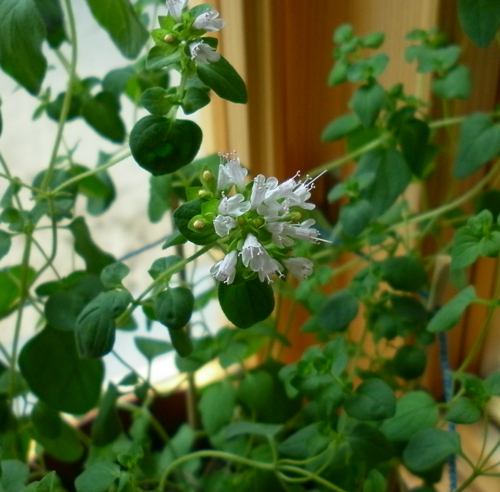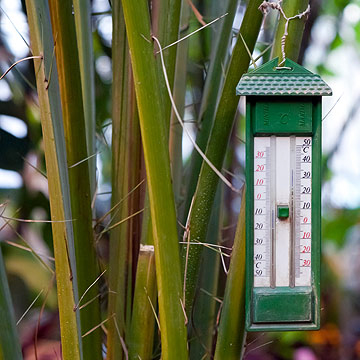I have great respect for herbal masks - they are remarkably effective, accessible, cheap, and can be prepared in just a few minutes. According to cosmetologists, herbal masks stimulate collagen production and positively affect the entire body through the skin.
Considering the natural diversity, one can make a herbal mask preparation for any skin type. Dry skin loves linden, sage, chamomile, mint, rosehip, elder, coltsfoot, jasmine, marshmallow, 100% grape seed oil, and wheat germ oil. Oily skin loves aloe, St. John’s wort, strawberry and currant leaves, chamomile, calendula, sour fruits and vegetables, birch leaves and buds, yarrow, nettle, and oregano. If there are no obvious inflammations, vegetable oils can be beneficial. Aging skin loves plantain, dandelion, linden, sage, thyme, hop cones, flaxseed, any vegetable oils, and even nuts.
Much depends on the base of the mask. For dry skin, we take a fatty base - vegetable oils, sour cream, cream, ground nuts, cottage cheese, or egg yolk. For oily skin, water, egg white, cosmetic clay, corn starch, or a puree of berries and juicy vegetables are more suitable. For aging skin, honey, fermented dairy products, yeast, oils, and egg yolk are used as the base for masks.
Basic recipe for preparing a herbal mask: grind a herbal mixture suitable for your skin type in a blender or coffee grinder, then before application, mix one tablespoon of the mixture with a base (honey, water, sour cream…) at room temperature.
In the next post, I will focus on herbal masks for oily skin.




